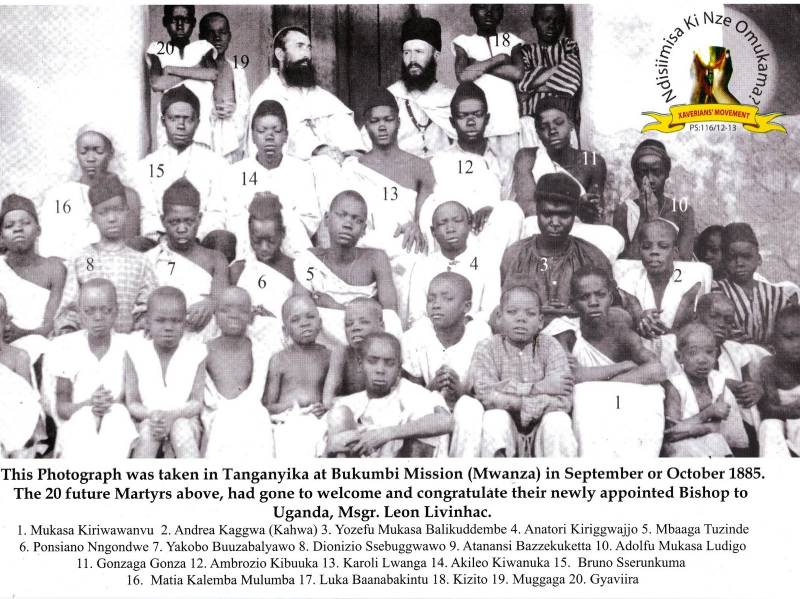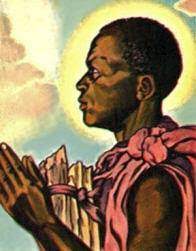3 June
Memorial
St. Charles Lwanga and Companions
Martyrs
Today, together with the whole Church, we honor twenty-two Ugandan martyrs. They are the first martyrs of Sub-Saharan Africa and true witnesses of the Christian faith. Charles Lwanga, a catechist and a young leader, was martyred in 1886 with a group of Catholic and Anglican royal pages, some of whom were not yet baptized. King Mwanga, who despised the Christian religion, gave orders that all the Christian pages in his service be laid upon a mat, bound, placed onto a pyre and burnt. This took place at Namugongo, just outside Kampala.

COLLECT PRAYER
O God, who have made the blood of Martyrs the seed of Christians, mercifully grant that the field which is your Church, watered by the blood shed by Saint Charles Lwanga and his companions, may be fertile and always yield you an abundant harvest. Through our Lord Jesus Christ, your Son, who lives and reigns with you in the unity of the Holy Spirit, God, for ever and ever.
Things to Do:
- Learn more about Uganda, Kenya and Nigeria. See what the Catholic Relief Services are doing and how you might help. Visit the Missionary Childhood Association to find out more about mission work in Africa and to find activities and prayer services.
- These Christian martyrs refused to give in to the homosexual demands of the king. They are saints who respected their bodies and loved the commandments of God. Pray today to be strong in times of temptations against purity. Read the Congregation for the Doctrine of the Faith’s document, Pastoral Care of Homosexual Persons.
St. Charles Lwanga and Companions

Charles was one of twenty-two Ugandan martyrs who converted from paganism. He was baptized November 1885, a year before his death, and became a moral leader. He was the chief of the royal pages and was considered the strongest athlete of the court. He was also known as “the most handsome man of the Kingdom of the Uganda.” He instructed his friends in the Catholic Faith and he personally baptized boy pages. He inspired and encouraged his companions to remain chaste and faithful. He protected his companions, ages 13-30, from the immoral acts and homosexual demands of the Babandan ruler, Mwanga.
Mwanga was a superstitious pagan king who originally was tolerant of Catholicism. However, his chief assistant, Katikiro, slowly convinced him that Christians were a threat to his rule. The premise was if these Christians would not bow to him, nor make sacrifices to their pagan god, nor pillage, massacre, nor make war, what would happen if his whole kingdom converted to Catholicism?
When Charles was sentenced to death, he seemed very peaceful, one might even say, cheerful.
He was to be executed by being burned to death. While the pyre was being prepared, he asked to be untied so that he could arrange the sticks. He then lay down upon them. When the executioner said that Charles would be burned slowly to death, Charles replied by saying that he was very glad to be dying for the True Faith. He made no cry of pain but just twisted and moaned, “Katonda! (O my God!).”
He was burned to death by Mwanga’s order on June 3, 1886. Pope Paul VI canonized Charles Lwanga and his companions on June 22,1964. We celebrate his memorial on June 3rd on the Roman Calendar. Charles is the Patron of the African Youth of Catholic Action.
— www.Savior.org
Source: Catholic Culture